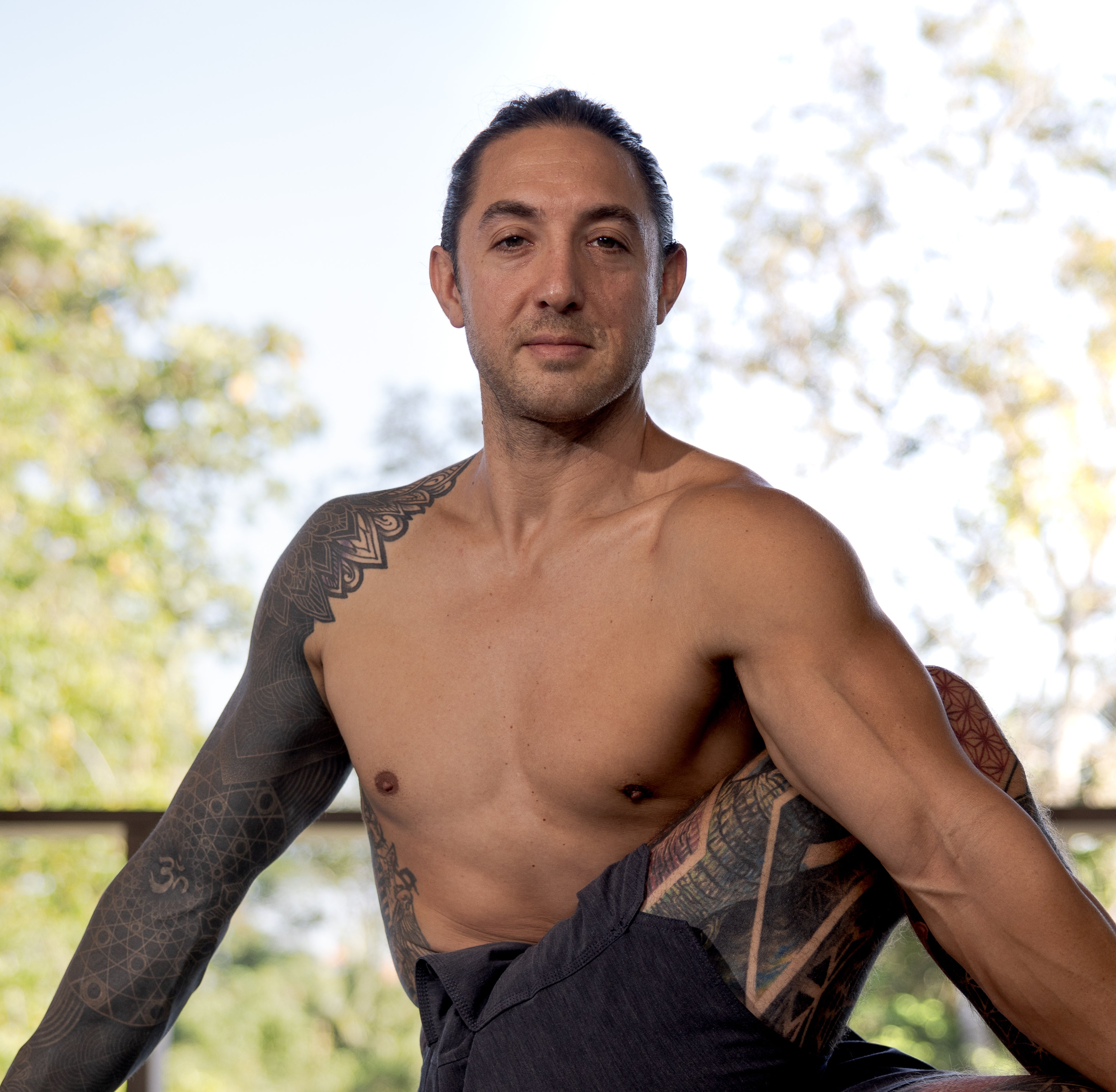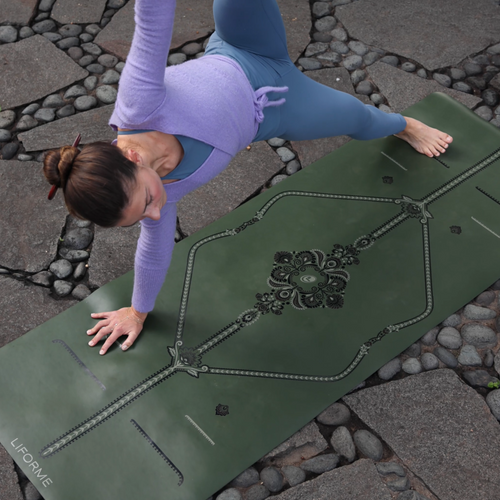When I first encountered breathwork in 2009, I had no idea how deeply it would shape my life.
Back then, pranayama felt like something mysterious and ancient. The techniques were described in poetic, sometimes cryptic language. Teachers spoke of energy, transformation, and inner fire, but rarely explained what was actually happening inside the body and mind.
I found myself asking simple but important questions. How does this really work? Why does breathing this way make me feel so different?
Those questions led me down a long path of study, practice, and research. Over the years, I immersed myself in both traditional teachings and modern science, trying to understand what breath truly is and how it affects us.
That journey eventually became the foundation for The Illuminated Breath, a book I wrote to help bridge the gap between the spiritual and the scientific, the mystical and the measurable.
How the Breath Works in the Body
At its core, breath is something we all share. From our first inhale to our last exhale, it never leaves us. And yet, most of us never learn how to breathe well. We know it's automatic, but we don’t realise that the way we breathe can either support or sabotage nearly every system in the body.
Breathing influences more than just oxygen intake.
Breathing:
-
Regulates the pH of the blood
-
Calms or activates the nervous system
-
Supports digestion
-
Impacts sleep quality
-
Sharpens or dulls mental focus
-
Affects hormone balance and immune health
The Importance of Carbon Dioxide
One of the most surprising discoveries for me was the importance of carbon dioxide. Most people are taught to think of carbon dioxide as just a waste gas. In reality, it plays a crucial role in oxygen delivery and the regulation of the nervous system. A low tolerance to CO2 can create stress and shallow breathing patterns, even in individuals who exercise regularly.
 How the Breath Affects the Body’s Systems
How the Breath Affects the Body’s Systems
Understanding the physiology of breathing is the first step. But equally important is how the breath interacts with our emotional and energetic systems.
Through breathing, we can influence the autonomic nervous system—the balance between sympathetic (fight-or-flight) and parasympathetic (rest-and-digest) activity. This balance is reflected in heart rate variability, a measurable indicator of resilience and overall well-being.
Yogic traditions have long mapped this energetic landscape. Concepts such as nadis (energy channels), the gunas (qualities of nature), and the vayus (movements of prana) provide another lens for understanding how we respond to stress and stillness. These traditional models and modern scientific frameworks often describe the same reality in different languages.
Foundational Pranayama Practices
-
Ujjayi Pranayama, often referred to as "victorious breath," generates internal heat and concentration. It slows the breath and draws awareness inward.
-
Kapalabhati and Bhastrika are rapid, forceful breaths that stimulate energy, circulation, and alertness.
-
Nadi Shodhana, also known as alternate nostril breathing, is a deeply balancing practice, particularly effective in calming anxiety and reducing overthinking.
-
Sama Vritti and Vishama Vritti use equal or unequal ratios of inhale, hold, and exhale to either calm or energise the system.
-
Bhramari, also known as the humming bee breath, is a gentle yet powerful tool for quieting the mind and soothing the nervous system.
Each of these practices has specific effects on the body and mind, and the key is understanding how to apply them.
Breath Sequencing
Breath sequencing is a concept I developed that allows you to combine different pranayama techniques in intentional ways.
Just like a yoga sequence is designed to build, peak, and cool down, a breath sequence can be designed to meet a specific goal: to sleep more deeply, calm down after a stressful day, find energy before a performance, or even to enhance intimacy and emotional connection.
These sequences are a big part of what makes breathwork so transformative. A well-structured breath sequence is more than the sum of its parts. It’s a tool for self-regulation, insight, and growth.
 Breathing for Life
Breathing for Life
If you’ve ever felt anxious, low-energy, overwhelmed, or simply out of sync, learning to work with your breath can change everything. It’s not magic. It’s biology and awareness working together.
Whether you’re new to breathwork or already experienced, I invite you to explore these practices for yourself. And if you’re curious to go deeper and learn more about breath sequencing, I wrote The Illuminated Breath to serve as a guide - practical, accessible, and rooted in both science and tradition.
Your breath is always with you. The question is: How are you using it?





































